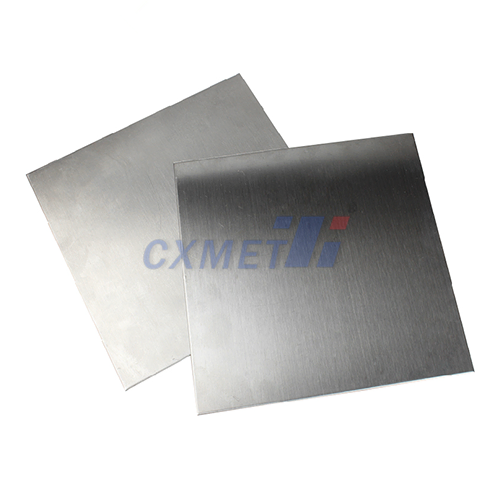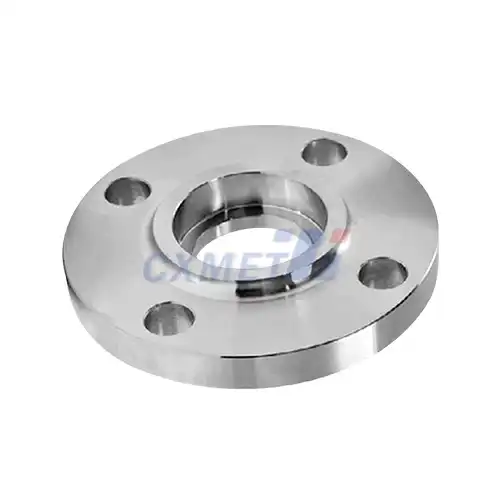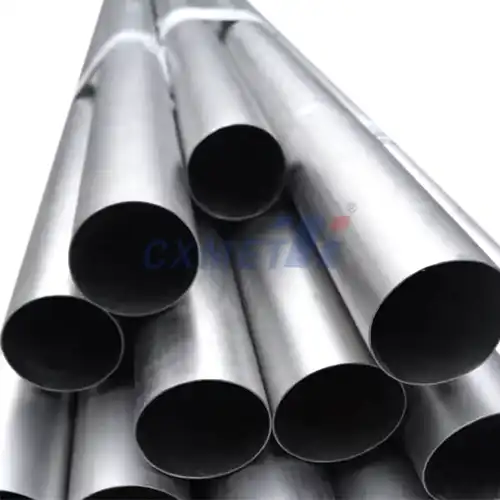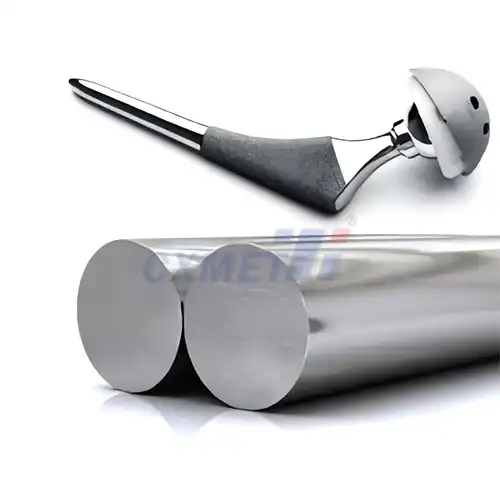- English
- French
- German
- Portuguese
- Spanish
- Russian
- Japanese
- Korean
- Arabic
- Greek
- German
- Turkish
- Italian
- Danish
- Romanian
- Indonesian
- Czech
- Afrikaans
- Swedish
- Polish
- Basque
- Catalan
- Esperanto
- Hindi
- Lao
- Albanian
- Amharic
- Armenian
- Azerbaijani
- Belarusian
- Bengali
- Bosnian
- Bulgarian
- Cebuano
- Chichewa
- Corsican
- Croatian
- Dutch
- Estonian
- Filipino
- Finnish
- Frisian
- Galician
- Georgian
- Gujarati
- Haitian
- Hausa
- Hawaiian
- Hebrew
- Hmong
- Hungarian
- Icelandic
- Igbo
- Javanese
- Kannada
- Kazakh
- Khmer
- Kurdish
- Kyrgyz
- Latin
- Latvian
- Lithuanian
- Luxembou..
- Macedonian
- Malagasy
- Malay
- Malayalam
- Maltese
- Maori
- Marathi
- Mongolian
- Burmese
- Nepali
- Norwegian
- Pashto
- Persian
- Punjabi
- Serbian
- Sesotho
- Sinhala
- Slovak
- Slovenian
- Somali
- Samoan
- Scots Gaelic
- Shona
- Sindhi
- Sundanese
- Swahili
- Tajik
- Tamil
- Telugu
- Thai
- Ukrainian
- Urdu
- Uzbek
- Vietnamese
- Welsh
- Xhosa
- Yiddish
- Yoruba
- Zulu
Can Gr7 Titanium Rod Be Used for Bone Implants or Joint Replacements?
2025-03-18 16:24:22
Titanium Grade 7 (Gr7) is a highly corrosion-resistant alloy that has gained significant attention in the medical field, particularly for its potential use in bone implants and joint replacements. This material, also known as titanium-palladium alloy, offers excellent biocompatibility and mechanical properties that make it an attractive option for orthopedic applications. In this blog post, we'll explore the suitability of Gr7 Titanium Rod for bone implants and joint replacements, addressing key questions and considerations surrounding its use in medical procedures.
|
|
|
What are the benefits of using Gr7 Titanium Rod for orthopedic implants?
Gr7 Titanium Rod offers numerous benefits for orthopedic implants, making it an excellent choice for bone and joint replacement procedures. The material's unique properties contribute to its effectiveness and longevity in the human body. Here are some of the key advantages of using Gr7 Titanium Rod for orthopedic implants:
- Superior Corrosion Resistance: One of the most significant benefits of Gr7 Titanium Rod is its exceptional corrosion resistance. The addition of palladium to the alloy enhances its ability to withstand the corrosive environment within the human body. This property is crucial for long-term implant success, as it prevents degradation of the material and reduces the risk of complications associated with metal ion release.
- Excellent Biocompatibility: Gr7 Titanium Rod exhibits outstanding biocompatibility, meaning it is well-tolerated by the human body. The material does not elicit adverse immune responses or allergic reactions, making it suitable for a wide range of patients. This biocompatibility also promotes better osseointegration, the process by which the implant integrates with surrounding bone tissue.
- High Strength-to-Weight Ratio: Despite its lightweight nature, Gr7 Titanium Rod offers impressive strength and durability. This high strength-to-weight ratio is particularly beneficial for orthopedic implants, as it provides the necessary structural support without adding excessive weight to the patient's skeletal system.
- Fatigue Resistance: Orthopedic implants are subjected to repeated stress and strain during daily activities. Gr7 Titanium Rod demonstrates excellent fatigue resistance, ensuring that the implant can withstand these cyclic loads over an extended period without failure.
- Radiolucency: Unlike some other metallic implant materials, Gr7 Titanium Rod is relatively radiolucent. This property allows for clearer imaging during post-operative follow-ups, enabling healthcare professionals to assess the implant's position and integration more accurately.
- Reduced Risk of Stress Shielding: The elastic modulus of Gr7 Titanium Rod is closer to that of human bone compared to some other implant materials. This similarity helps to minimize stress shielding, a phenomenon where the implant bears most of the load, leading to bone resorption and potential implant loosening.
- Versatility: Gr7 Titanium Rod can be used in various orthopedic applications, including hip and knee replacements, spinal fusion devices, and fracture fixation plates. Its versatility makes it a valuable material for addressing different orthopedic needs.
These benefits collectively contribute to the growing popularity of Gr7 Titanium Rod in orthopedic implants, offering patients improved outcomes and longer-lasting solutions for bone and joint replacements.
How does Gr7 Titanium Rod compare to other materials used in joint replacements?
When considering materials for joint replacements, it's essential to compare Gr7 Titanium Rod with other commonly used options to understand its relative advantages and potential limitations. Let's examine how Gr7 Titanium Rod stacks up against other materials in terms of various critical factors:
- Comparison with Stainless Steel:
- Corrosion Resistance: Gr7 Titanium Rod significantly outperforms stainless steel in terms of corrosion resistance, especially in chloride-rich environments like the human body.
- Weight: Titanium is much lighter than stainless steel, making Gr7 Titanium Rod implants more comfortable for patients and less likely to cause imbalance issues.
- Biocompatibility: While both materials are biocompatible, titanium generally elicits a milder tissue response compared to stainless steel.
- Strength: Gr7 Titanium Rod offers a higher strength-to-weight ratio than stainless steel, allowing for thinner, lighter implants without compromising on structural integrity.
- Comparison with Cobalt-Chromium Alloys:
- Wear Resistance: Cobalt-chromium alloys typically have better wear resistance than Gr7 Titanium Rod, which can be advantageous in high-wear applications like knee replacements.
- Elastic Modulus: Gr7 Titanium Rod has a lower elastic modulus closer to that of bone, potentially reducing stress shielding compared to cobalt-chromium alloys.
- Allergic Reactions: Titanium is less likely to cause allergic reactions compared to cobalt-chromium alloys, which contain nickel and can trigger allergies in some patients.
- Comparison with Ceramic Materials:
- Fracture Toughness: Gr7 Titanium Rod has superior fracture toughness compared to ceramic materials, making it less prone to brittle fracture.
- Wear Particles: Ceramic materials generally produce fewer and less reactive wear particles compared to metals, including Gr7 Titanium Rod.
- Flexibility in Design: Titanium allows for more flexible implant designs compared to ceramics, which are limited by their brittle nature.
- Comparison with Polymer Materials (e.g., UHMWPE):
- Strength: Gr7 Titanium Rod offers significantly higher strength and stiffness compared to polymer materials, making it suitable for load-bearing applications.
- Longevity: While modern cross-linked polymers have improved wear resistance, Gr7 Titanium Rod generally offers better long-term durability in most applications.
- Osseointegration: Titanium promotes better bone ingrowth and osseointegration compared to polymer materials.
Overall, Gr7 Titanium Rod offers a compelling combination of properties that make it well-suited for many joint replacement applications. Its excellent corrosion resistance, biocompatibility, and favorable mechanical properties often make it a preferred choice over stainless steel and a strong competitor to cobalt-chromium alloys. However, the specific choice of material depends on the particular joint being replaced, patient factors, and the surgeon's preference. In some cases, a combination of materials (e.g., titanium components with ceramic or polymer articulating surfaces) may be used to leverage the strengths of each material.
|
|
|
What is the expected lifespan of a Gr7 Titanium Rod implant?
The lifespan of a Gr7 Titanium Rod implant is a crucial consideration for both patients and healthcare providers. While the durability of these implants is generally excellent, several factors can influence their longevity. Let's explore the expected lifespan of Gr7 Titanium Rod implants and the variables that can affect their performance over time:
- Average Lifespan: The expected lifespan of a Gr7 Titanium Rod implant can vary depending on the specific application and individual patient factors. However, many titanium implants, including those made from Gr7, are designed to last 15 to 20 years or more. Some patients have reported their titanium implants lasting over 30 years without significant issues.
- Factors Affecting Implant Longevity:
- Patient Age and Activity Level: Younger, more active patients may place greater stress on their implants, potentially reducing their lifespan.
- Implant Location: The specific joint or bone where the implant is placed can affect its longevity. For example, hip implants may have different wear patterns compared to knee implants.
- Surgical Technique: Proper implant positioning and fixation during surgery are crucial for long-term success.
- Patient Health: Factors such as obesity, osteoporosis, or certain medical conditions can impact implant performance and lifespan.
- Implant Design: Advances in implant design and manufacturing techniques can contribute to improved longevity.
- Corrosion Resistance and Longevity: One of the key advantages of Gr7 Titanium Rod is its exceptional corrosion resistance. This property helps to maintain the implant's structural integrity over time, contributing to its long-term performance and reducing the risk of complications associated with metal ion release.
- Osseointegration and Implant Stability: Gr7 Titanium Rod promotes excellent osseointegration, the process by which the implant becomes firmly anchored to the surrounding bone. Strong osseointegration contributes to implant stability and longevity by reducing the risk of loosening over time.
- Wear Resistance: While Gr7 Titanium Rod offers good wear resistance, it may not be as wear-resistant as some other materials like cobalt-chromium alloys or ceramics. In high-wear applications, such as the articulating surfaces of knee replacements, additional measures (e.g., surface treatments or the use of alternative materials for bearing surfaces) may be employed to enhance wear resistance and extend implant lifespan.
- Monitoring and Maintenance: Regular follow-up appointments and imaging studies can help detect any potential issues with the implant early on. Proper care and adherence to post-operative instructions can also contribute to the longevity of the implant.
- Potential for Revision Surgery: While Gr7 Titanium Rod implants are designed for long-term use, some patients may eventually require revision surgery. The need for revision can arise due to various factors, including wear, loosening, or changes in the patient's anatomy over time. However, the corrosion resistance and biocompatibility of Gr7 Titanium Rod can make revision procedures more straightforward compared to some other implant materials.
- Ongoing Research and Development: Continuous advancements in materials science and implant design are likely to further improve the lifespan of Gr7 Titanium Rod implants in the future. Researchers are exploring surface modifications, improved manufacturing techniques, and hybrid materials to enhance implant performance and longevity.
In conclusion, Gr7 Titanium Rod implants have demonstrated excellent longevity in many orthopedic applications, with an expected lifespan of 15 to 20 years or more. The material's corrosion resistance, biocompatibility, and ability to promote osseointegration contribute to its long-term success. However, it's important to note that individual results may vary, and factors such as patient characteristics, implant location, and surgical technique play significant roles in determining the ultimate lifespan of an implant. Regular follow-up care and maintaining a healthy lifestyle can help patients maximize the longevity of their Gr7 Titanium Rod implants and enjoy improved quality of life for many years after their joint replacement or bone implant procedure.
At SHAANXI CXMET TECHNOLOGY CO., LTD, we take pride in our extensive product range, which caters to diverse customer needs. Our company is equipped with outstanding production and processing capabilities, ensuring the high quality and precision of our products. We are committed to innovation and continuously strive to develop new products, keeping us at the forefront of our industry. With leading technological development capabilities, we are able to adapt and evolve in a rapidly changing market. Furthermore, we offer customized solutions to meet the specific requirements of our clients. If you are interested in our products or wish to learn more about the intricate details of our offerings, please do not hesitate to contact us at sales@cxmet.com. Our team is always ready to assist you.
|
|
|
References
1. Titanium in Medicine: Material Science, Surface Science, Engineering, Biological Responses and Medical Applications. Brunette, D. M., et al. (2001). Springer-Verlag Berlin Heidelberg.
2. Biomaterials Science: An Introduction to Materials in Medicine. Ratner, B. D., et al. (2013). Academic Press.
3. Titanium Alloys in Surgical Implants. Luckey, H. A., & Kubli, F. (1983). ASTM International.
4. Handbook of Materials for Medical Devices. Davis, J. R. (2003). ASM International.
5. Titanium in Medical and Dental Applications. Froes, F. H., & Qian, M. (2018). Woodhead Publishing.
6. Journal of Biomedical Materials Research Part B: Applied Biomaterials. Wiley Online Library.










